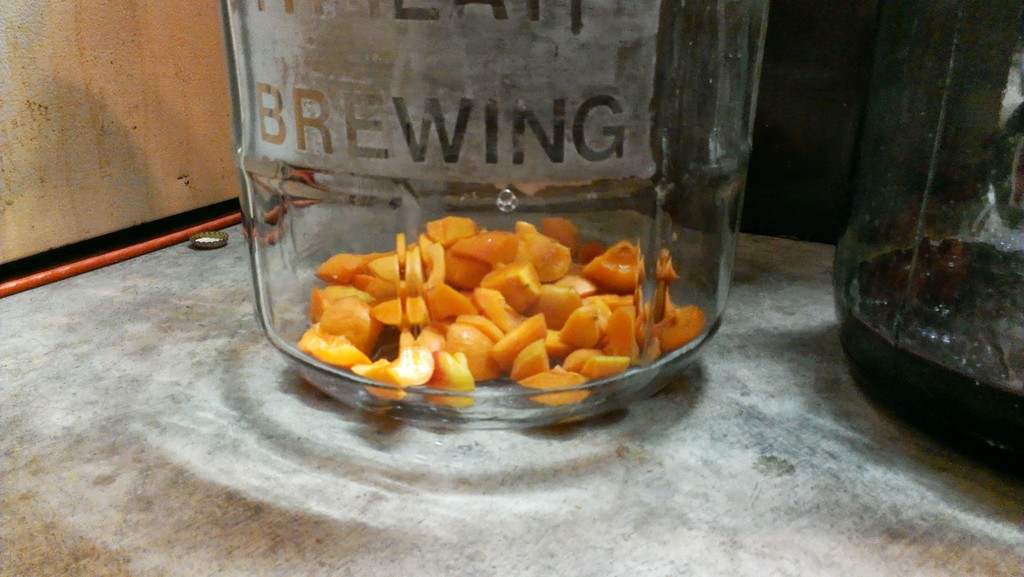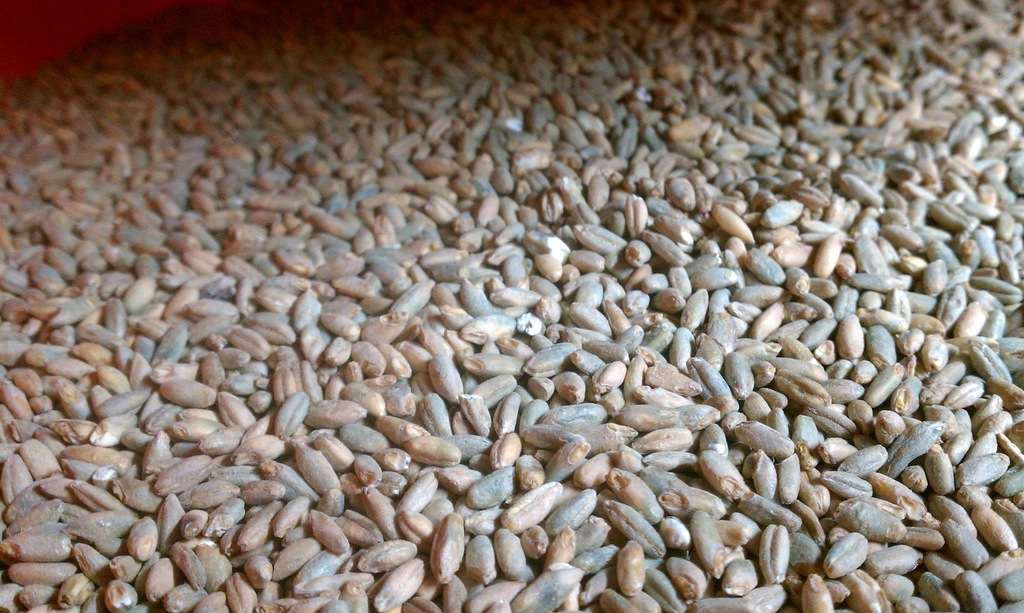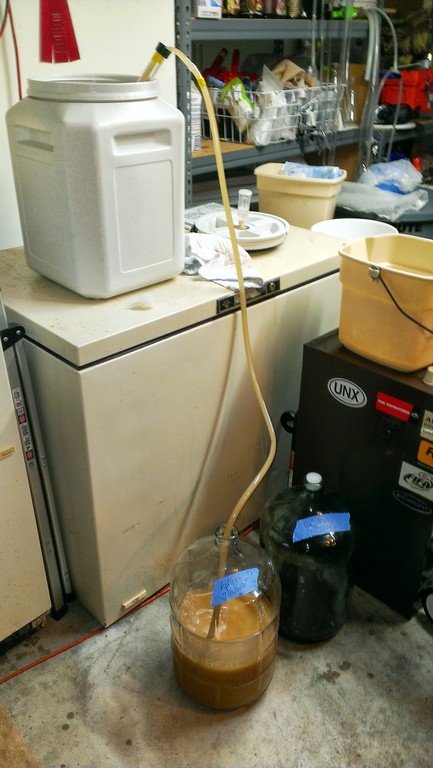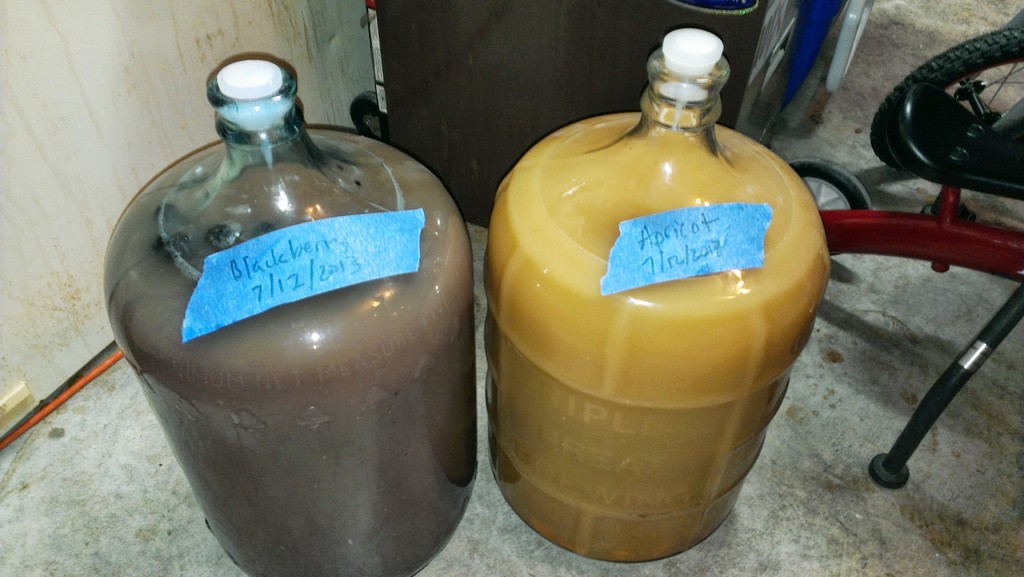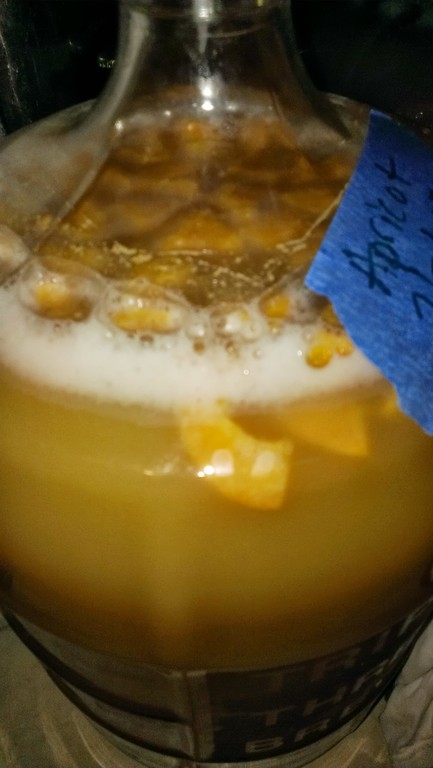A few months ago, I brewed 10 gallons Berliner Weisse using the sour worting technique. That was my first time attempting to sour mash that much wort and I was testing out new equipment to hold the temperature steady for growth of Lactobacillus. After 12 hours, the temperature had risen to 130F which was rather close to temp needed to kill off the lacto.
I went to pick up a few more vials of pure lacto, but the homebrew store was out, so I had to go old-school and pitch multiple handfuls of uncrushed grain which contain Lactobacillus among many other bugs. This was successful in generating an amazingly tart flavor. However, the side-effect was that I also picked up some butyric acid as well which has the lovely aroma of gym feet and old cheese.
In the hopes that some extra age and fruit might help, I racked the beer into two containers with puree of Apricot and Blackberries, along with some fresh fruit of the same.
Two weeks passed and the flavors were really taking shape, picking up lots of the fruit aroma and taste. The foot oder, however, was still quite present. My next thought was to do something I had just heard from a podcast on The Brewing Network. Chad Yacobson of The Brettanomyces Project who know runs Crooked Stave brewery described the process around a no-boil berliner weisse. Chad ended up needing to innoculate the beer with brett and waited over two months to allow the brett to convert the buteyric acid into more lively pineapple and tropical fruit aromas.
Before I had a chance to step up any pure strain I ended up pitching some bottling dregs from a non-sour Jester King beer, Noble King, as they use Brett Drie for bottling yeast. Within two weeks of pitching, we now have a nice pelecile formed on top of the berliner weisse.

